Updated in May 2024.
With CloudHarmony retiring on May 15th, 2023, let’s look at CloudHarmony alternatives that can provide you with information on cloud services and help you navigate through comparing one provider to another.
What is CloudHarmony?
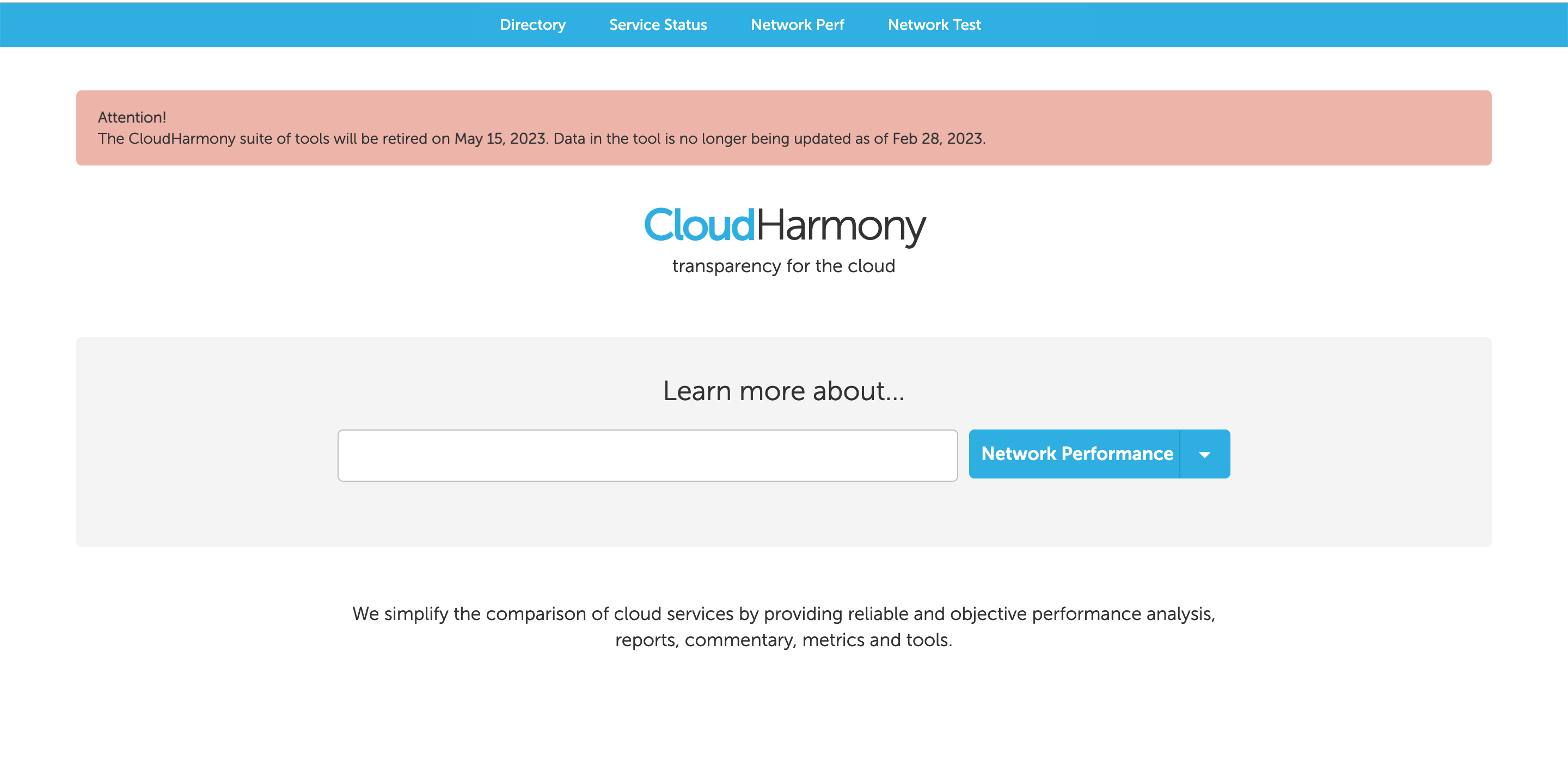
CloudHarmony helped the users to compare cloud services by providing performance analysis. The analysis was available in a variety of formats, such as reports, commentary, and metrics.
CloudHarmony belonged to Gartner, the management consultancy company. They are the world’s leading information technology research company.
CloudHarmony services and tools will be retired on May 15, 2023, but there is little information as to why. However, it means that users might want to use alternatives to CloudHarmony.

CloudHarmony Features
The basic feature of CloudHarmony was the performance analysis of cloud vendors and IT companies.
Currently, there are not many CloudHarmony alternatives that cover precisely what the service did. However, some companies provide similar features as CloudHarmony did.
Let’s look at the list of the best Cloud Harmony alternatives in 2024.
6 Alternatives To CloudHarmony In 2024
#1 CloudHarmony Alternative – StatusGator
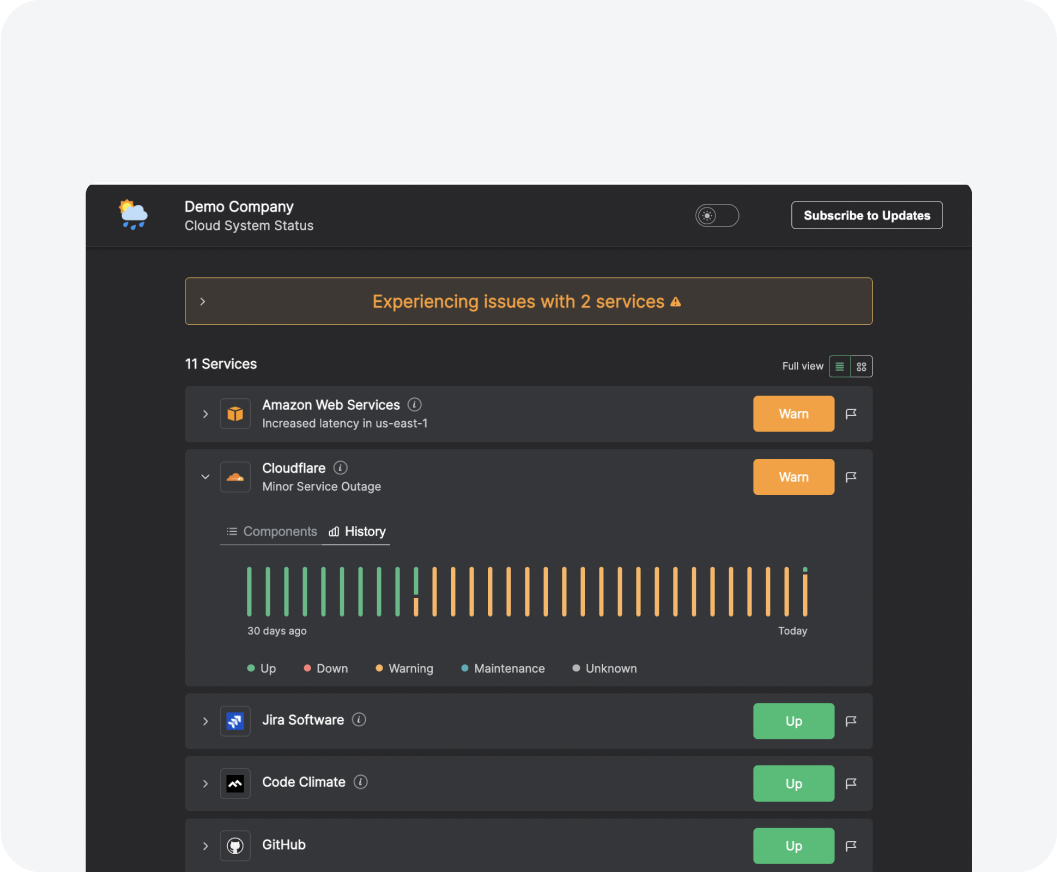
StatusGator is a unique alternative to CloudHarmony. StatusGator monitors the statuses of 2,700+ different cloud services. Moreover, users can have their own status page to monitor the status of every cloud service they use. This includes cloud infrastructure, critical API providers, SaaS applications, and hosted software.
StatusGator uses data from the official status pages of the cloud service providers to help users understand how reliable their dependencies are. Also, users receive weekly emails with recent outage summaries.
By understanding the reliability of their vendors, users can get refunds if the terms of SLAs were not met. Users can also use StatusGator reports when negotiating contract renewals.
StatusGator allows users to check years of uptime history. All of it can help users hold the cloud services they depend on accountable. Like CloudHarmony, StatusGator can help with understanding the reliability of cloud services and compare their uptime.
With StatusGator, you are getting the most information about your cloud services, and viewing it on your public or private status page.
#2 CloudHarmony Alternative – Cloudorado
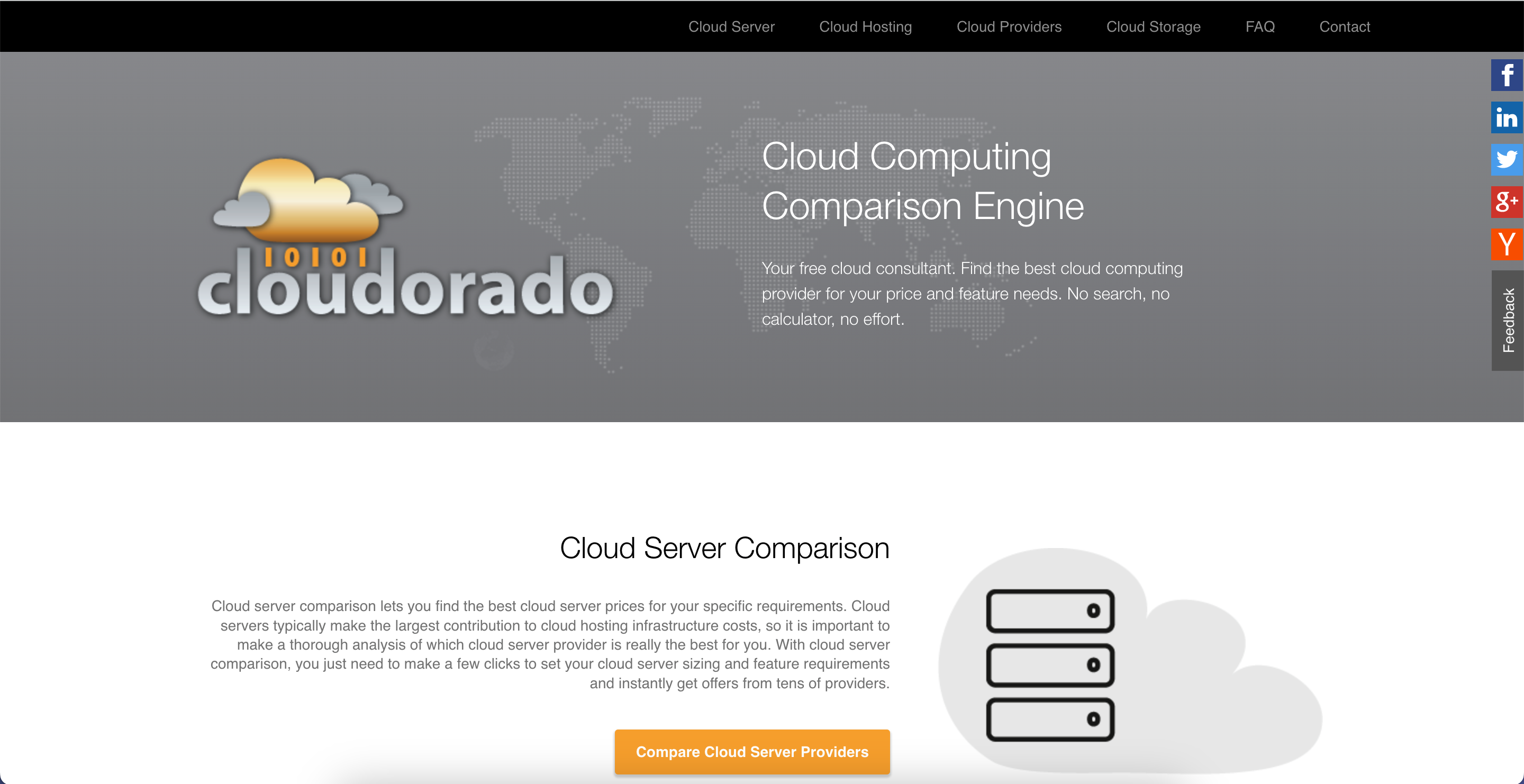
Cloudorado describes itself as “your free cloud consultant”. In short, Cloudorado compares the pricing of different cloud providers.
Cloudorado takes into account your specific requirements to find the best provider, rather than factual price differences.
The services offered are:
- Cloud server comparison. Users input their requirements and estimated server size. Cloudorado will then find suitable cloud providers based on the input.
- Cloud storage comparison. Users provide an estimate of the storage they need and get the price range for the service.
- Cloud computing comparison. Users get detailed information on cloud hosting providers on one page.
- Cloud hosting comparison. Users compare storage, computing, and server clouds by specifying their requirements (such as API, security, etc.) – all at the same time.
Cloudorado does not provide performance analysis, unlike CloudHarmony. It does, however, take into account the user’s specific requirements and personalize results.
# 3 CloudHarmony Alternative – CompareCloud
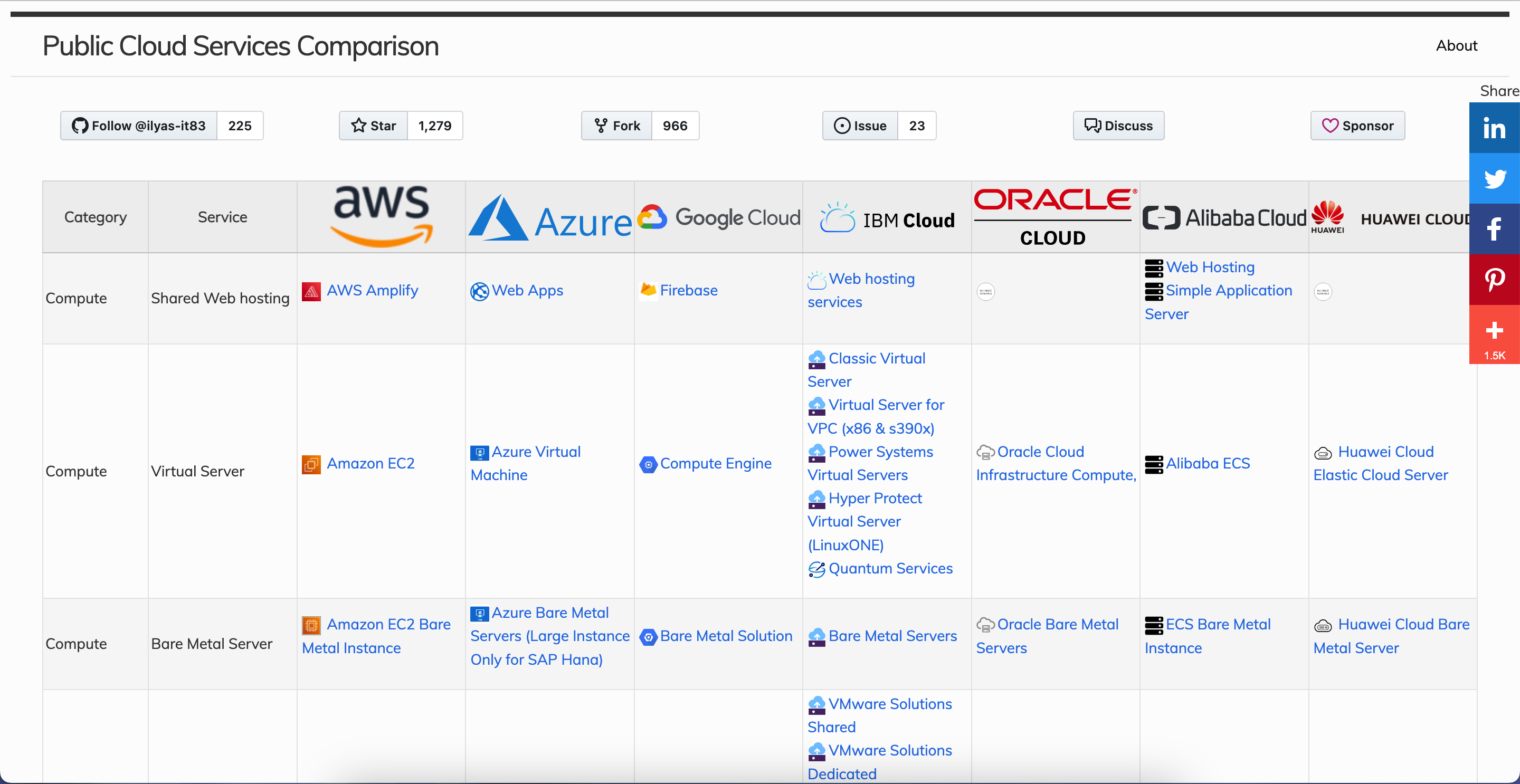
CompareCloud provides a rundown of features offered by cloud services. CompareCloud compares services offered by major public cloud vendors from around the globe.
However, there is no option to input your cloud requirements to narrow your search. That said, CompareCloud is basically a one-page website with an informative table. Some major cloud vendors displayed are AWS, Azure, and Google Cloud.
No other services are provided. The website is an extensive list of features available with particular vendors. Each feature comes with a link to the vendor’s website. The features are split into the following categories:
- Databases
- Storage
- Migration services
- Management tools
- Security
And much, much more.
# 4 CloudHarmony Alternative – CloudCheckr
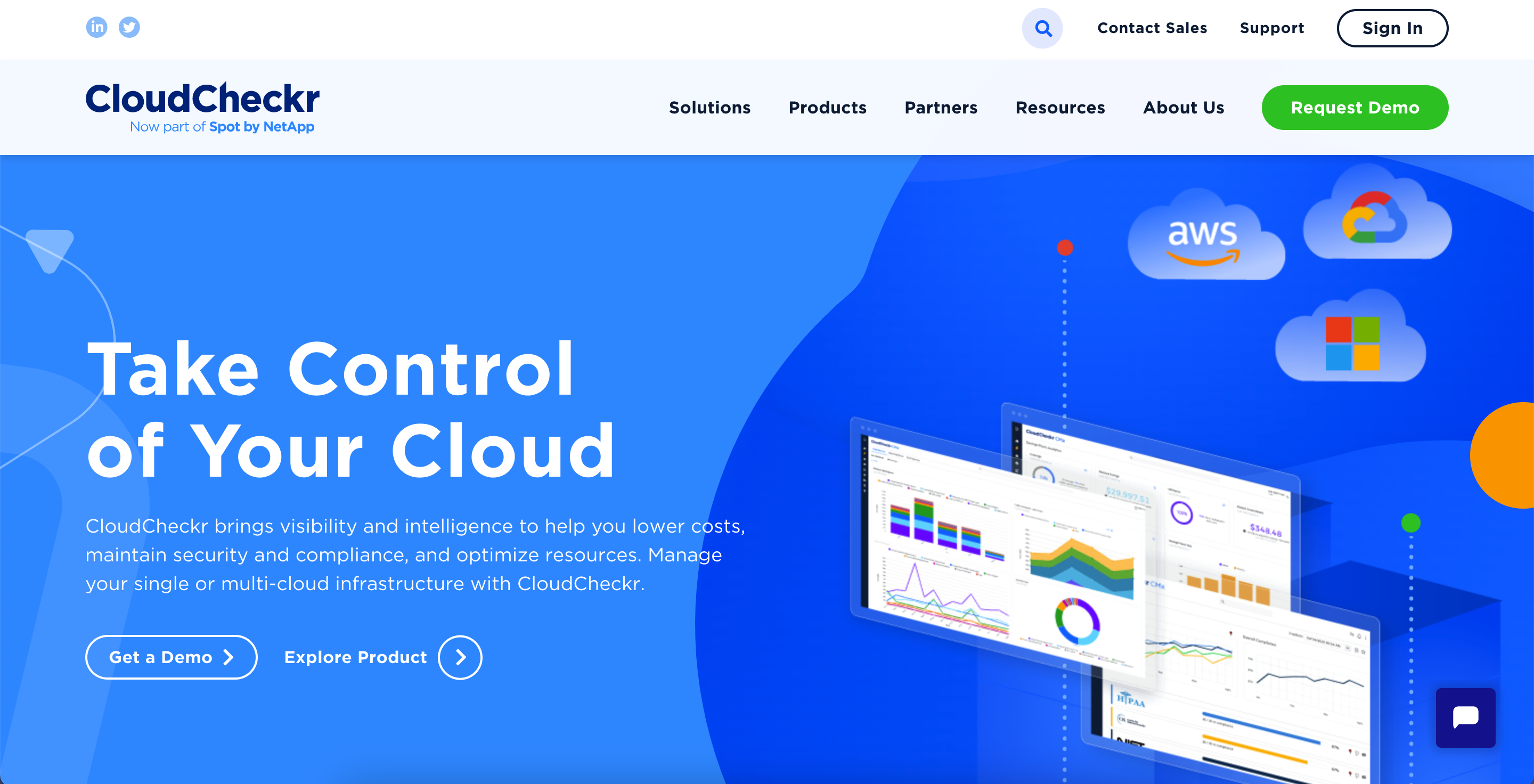
CloudCheckr is a cloud management platform that is focused on lowering management costs. They aim to maintain security, compliance, and optimize cloud resources.
CloudCheckr claims they bring ‘visibility and intelligence’ to help you find the perfect cloud service based on your requirements.
Some key features of CloudCheckr are:
- Cost optimization through tracking and trending features
- Resource monitoring for future optimization
- Cloud infrastructure monitoring to optimize security and compliance (including automated remediation of issues)
- Cloud visibility and analysis to understand your usage and costs
And much more.
Organizations that use CloudCheckr include Accenture, Logitech, Lumen, and more. CloudCheckr is focused on optimizing management and lowering cloud costs.
#5 CloudHarmony Alternative – CloudPing
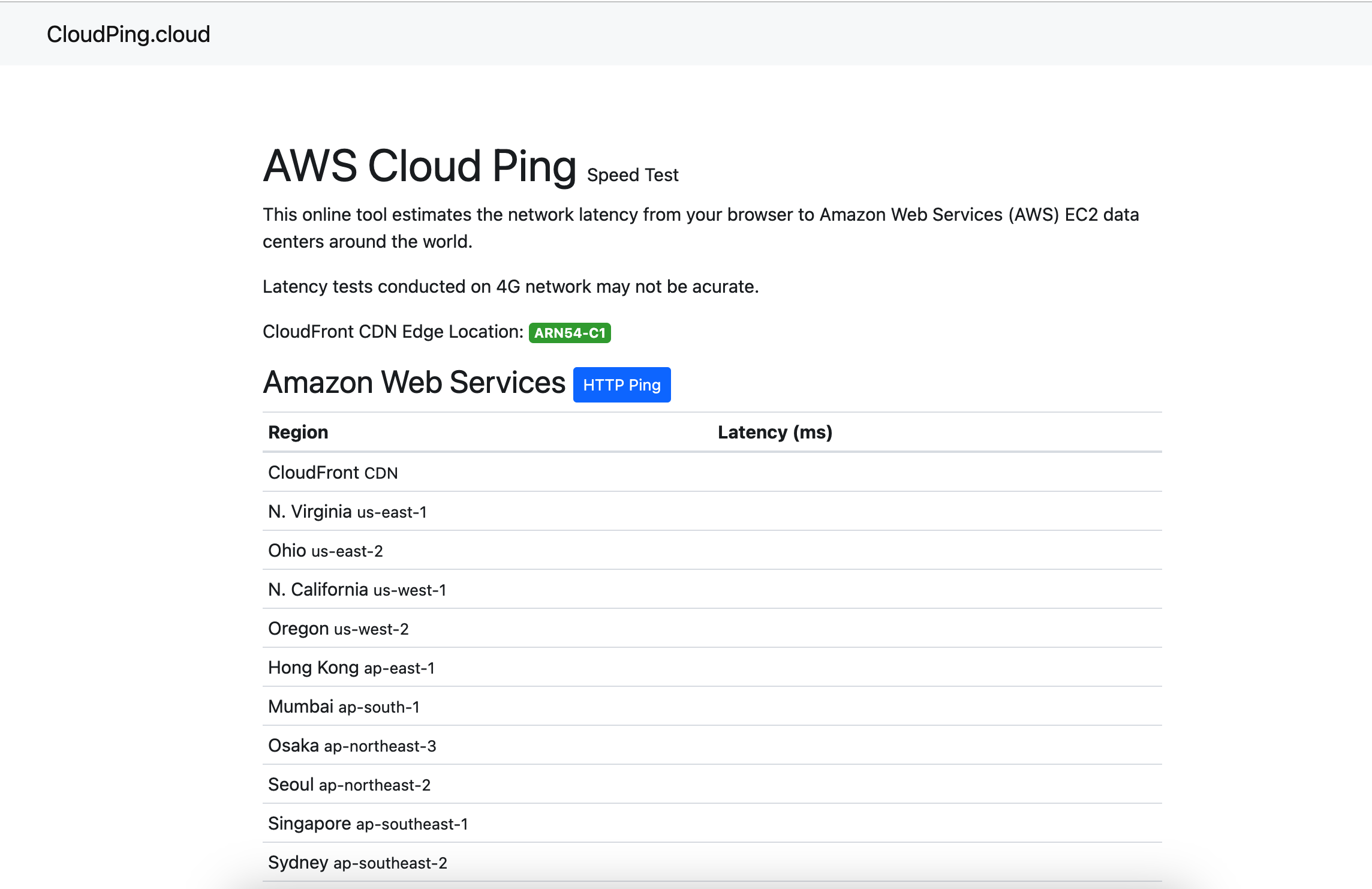
CloudPing is a browser that estimates network latency. The service pings Amazon Web Services (AWS) EC2 data centers from the visitor’s browser.
CloudPing estimates these and displays them in a list. You can also test network latencies for other cloud platforms, such as:
- Vultr
- Linode
- Huawei
In addition to this, you can test network latency between your browser and cloud CDNs. All these latency times are in a list.
#6 CloudHarmony Alternative – Flexera
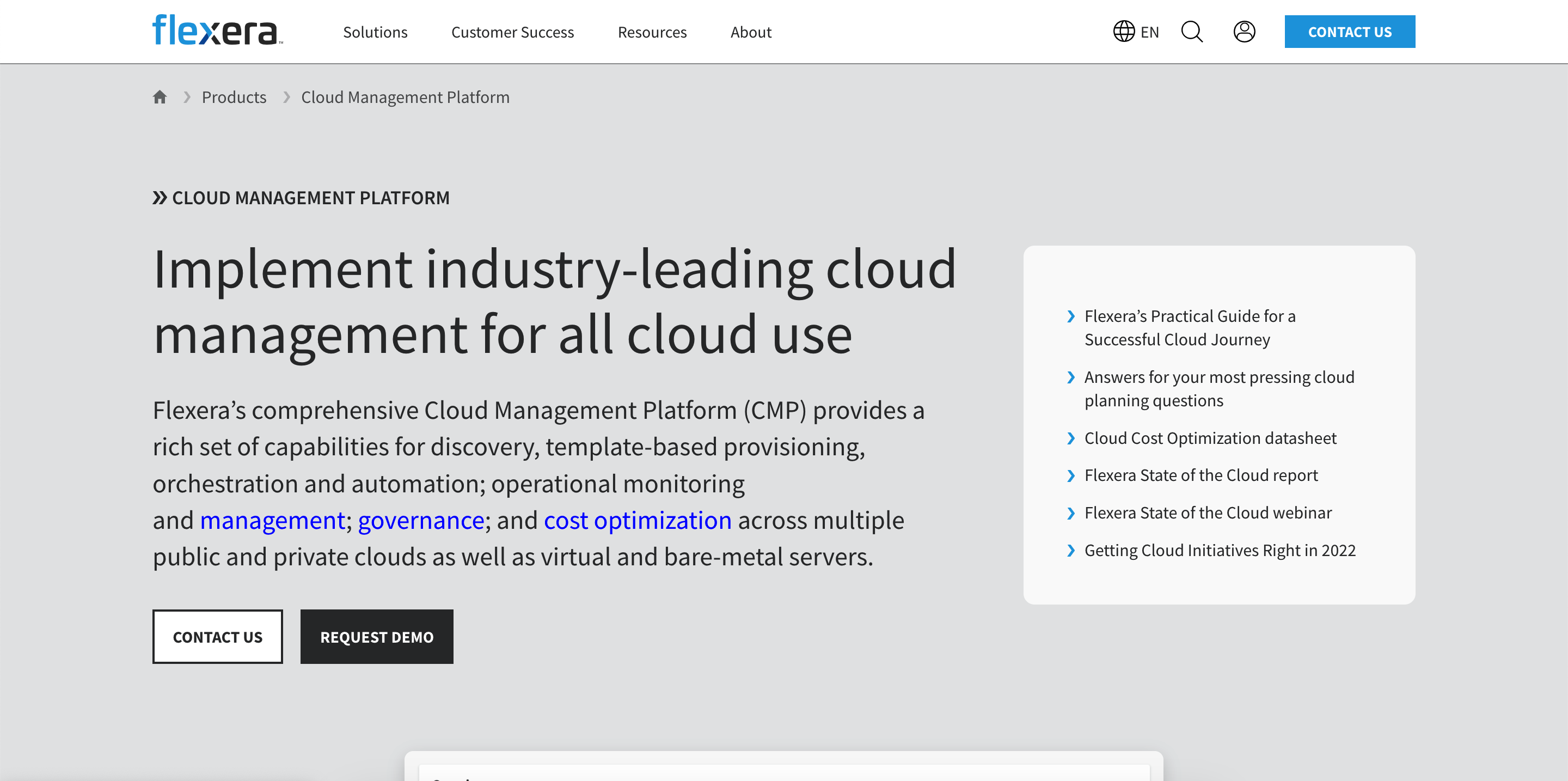
Flexera does not cover the primary feature of CloudHarmony, and therefore, is not a typical alternative. It is a SaaS-based cloud management platform that provides a rich set of capabilities.
Some of the features Flexera includes are:
- Monitoring and management of cloud providers
- Automation and governance
- Cost optimization
- Migration planning
And more.
The platform works across multiple public and private clouds, virtual and bare-metal servers.
These alternatives offer similar services and features as CloudHarmony. They can be beneficial for businesses or individuals when comparing cloud providers. Some of these CloudHarmony alternatives are designed to help make a decision, such as CompareCloud. Other alternatives, like StatusGator and Flexera, can be used daily to gain insights into reliability or manage cloud dependencies.
You can already monitor three cloud services today for free, or build a status page and try the full functionality for two weeks free of charge.

CloudHarmony Alternatives FAQs
Q: What is the status of CloudHarmony?
A: CloudHarmony retired on May 15th, 2023, and stopped updating service on February 28th, 2023. A unique alternative to CloudHarmony is StatusGator. It monitors the statuses of 2,700+ different cloud services. With StatusGator, users can have their own status page to monitor the cloud service they depend on, including cloud infrastructure, critical API providers, SaaS applications, and hosted software.
Q: Why is CloudHarmony retiring?
A: There is little information available as to why CloudHarmony is retiring. StatusGator can be an alternative to CloudHarmony. StatusGator monitors the statuses of 2,700+ different cloud services. Moreover, users can have their own status page to monitor cloud infrastructure, critical API providers, SaaS applications, and hosted software they depend on. Also, years of uptime history are available for StatusGator users.
Q: What does CloudHarmony do?
A: CloudHarmony compares different cloud services objectively using performance analysis. This is simplified for the user’s benefit and uses tools and techniques to do this.
Since CloudHarmony’s sunset was on May 15, 2023, users can use StatusGator as an alternative to monitoring the cloud services they depend on. Watching over 2,721 cloud service providers, StatusGator is an essential tool to gain a bird’s eye view of third-party dependencies.
Q: What are the alternatives to CloudHarmony?
A: The main alternative to CloudHarmony is StatusGator. StatusGator is a unique alternative to CloudHarmony. With StatusGators’ tools, users can check the status of every service they use. This provides insight into the reliability of their vendors.
Other alternatives to CloudHarmony that can be used after its retirement are:
- StatusGator
- Cloudorado
- CompareCloud
- CloudCheckr
- CloudPing
- Flexera.
More on Monitoring Cloud Service You Depend On
Recent Posts
- Why K12 IT directors love StatusGator
- How StatusGator is different
- Issue reports and early warning signals: Now in Beta
- Case study: How a large PA public school district enhances IT service monitoring with StatusGator
- 10 Best Uptime Kuma Alternatives: Exploring Hosted and Open-Source Monitoring Tools
